A look at some of the reasons why handwriting is important
What is Motor Planning?
Morning Drop Off
Play Ideas for Babies and Young Toddlers!
I have compiled some of my favorite activities to engage with your baby. These are developmentally appropriate ideas that promote motor development, visual skills, sensory perception and most importantly, foster connection with your little one.
You have heard that tummy time is essential for babies. I have a whole blog post about it here! But being on the tummy is important for years, even as your baby develops in a toddler. Engaging in games on the floor is so important for visual tracking skills, building the shoulder muscles, tactile discrimination on the hands, and bimanual coordination. So what can you do? There are so many great black and white high contrast cards and books that are available for babies that stimulate their visual discrimination.
And this soft mirror is always a favorite for babies to look at while on their tummies!
I always loved having a shallow basket available for my kiddos to explore while on their tummies. This serves a few purposes. First, it encourages reaching which requires a weight shift-exactly what kiddos need to do to crawl. Having various textures also increases tactile discrimination. And lastly, this basket encourages visual motor coordination and eye teaming skills! And I almost forgot, it is also great for building language and joint attention. Label the items as your child explores. Although they aren’t speaking words to you, this facilitates communication skills with another person.
Bubble wrap is a fun texture for your baby to explore while working on their “tummy time.” Be sure to tape it down and supervise your kiddo so that they do not pull it off and begin to mouth it. Babies are stronger than we think! The sound the bubble wrap makes when it is touched creates the beginning exploration of cause and effect. The texture will be novel for your kiddo and stimulate their tactile system.
This is another fun activity that also requires adult supervision at all times. Ping pong balls are so fun for your little one to attempt to crawl after. The sound and the erratic way in which they bounce are great ways to explore cause and effect, visual tracking, encourage crawling, weight shift and reaching!
These can be something a little one could choke on so you must be vigilant!
Exploring textures is one of the things babies love to do. Securing a piece of cellophane to their highchair tray is very entertaining for them. You can place an item underneath it for them to move around or even try this with a plastic zip-top bag to mix paints, move around an item in hair gel, play with water beads or other items that they would otherwise potentially put in your mouth.
*Again, although it is secure, be sure to supervise your child to ensure that they do not obtain a piece and place it in their mouth.
Empty containers, mason jar rings, wooden spoons… these are all great ways for your little one to explore cause and effect, bilateral coordination, developing their core muscles while sitting in a supported manner, reaching and weight shift! There is so much happening for them with a simple activity like this!
As your child gets older, one of the ways we want to see them progress through movements is the ability to squat. This is essential for moving from sit to stand and builds key muscle groups. Encouraging squatting with toys at different heights is one way. A fun activity is to save a canister like a coffee can and cut a hole in the lid. A coffee creamer container also works well for this! Next, have your kiddo pull off clothespins at a higher level or grasp Pom Poms or other various items and push or drop them into the container. This is great for learning cause and effect, tactile discrimination, problem solving, bilateral coordination and of course moving from standing to squatting!
This position on hands and knees is one of the movement progressions that is so important for kids. Continuing to engage your child to move into this position well into their toddler years provides so many benefits. This is a precursor to crawling but this is also how babies learn to use the two hemispheres of their brain, understand visual relationships, use the eyes in a coordinated manner, develop proprioception or awareness of the muscles and joints in the body, shift weight, build tactile perception, and most importantly, explore the world around them!
I love baby pools for so many things including a makeshift ball pit! You can cut up a pool noodle too and add it in for a different texture. I must caution however that if your kiddo puts the pool noodle in their mouth, they could take a bite out of it! You can also use a laundry basket for an easy ball pit! There are so many ways to work on bilateral coordination, label colors for your kiddo, roll a ball to them. As they get older, invest in a play parachute for even more fun and add the ball pit balls to the fun too!!!
It is important to note that while engaging your child in some of these various movements is important, it is also critical to observe them. Be aware of when they are overstimulated. This does not always mean crying. It could be turning away, grimacing, no longer exploring the objects. Babies have a very limited span for their attention to stimuli and being aware of their cues, talking to them, varying their position is critical to their sensory processing and building their own internal awareness of regulation and sensory needs.
Please share this if you know someone with a young one at home. And as always, reach out with any questions!
Sunday Snippets
What is giving you life these days? We are making sure to get lots of fresh air everyday, even in the rain. One of my favorite activities side walk chalk on wet pavement!
We are attempting this ice cream recipe- what a fun way for kids to make a sweet treat!
My first grader is losing motivation for distance learning. Here are some fun activities we are turning to for engaging, movement-based activities!
Throw balled up socks at sight words written on foil, then crumple the foil into balls for a bilateral activity and make another game with those foil balls!
Make squares with sidewalk chalk for each letter of a word to practice writing and spelling.
Make it big- use a big piece of paper with familiar names, sight words, letters, what have you for your child to circle or match with corresponding cards!
I am loving this instagram account…
Sunday Snippets
Be on the look out for sidewalk chalk obstacle courses! I will be leaving them around town in Los Gatos! Tag me if you see one and play! #otoutsideobstaclecourse or perhaps make some in your neighborhood for all of the kiddos!
We found some very cool treasures on an adventure to a nearby creek and will be making these!
This is our favorite air dry clay- and the options are endless for how to create from pinch pots, beads, animals, hearts, birds in a nest… The white is fun because you can paint it but this colored set of air dry clay is so vibrant!
I like this way of scheduling out the day for kids during this pandemic- post-it notes have been very useful for us!
Did you know that I have an Amazon storefront? I spent some time organizing it and adding lists and items- be sure to check it out for some great materials to help you as you raise, teach and engage with your kiddos!
These are delicious and a great way to get kids helping in the kitchen and excited about food!
The Benefits of Writing and Working on a Vertical Surface!
Do you know why preschools use easels? There is an absolute functional purpose to them and they are a goldmine for developing critical skills! You see, when kiddos work on a vertical surface they are gaining so many developmental benefits!
A recent study published by the American Journal of Occupational Therapy compared a small group of students working on a vertical surface (wall) and a horizontal surface (desk). While accuracy was not improved, speed and fluidity of movements improved when working in a vertical plane. The upper trapezius muscles were also activated while writing on the vertical surface.
So what does this mean?
When writing or working in a vertical plane, the muscles of the shoulder girdle and core are turned on. This can lead to increased muscle control as well as improve visual tracking and eye convergence skills.
Standing up can help fidgety children sustain their attention and engage in learning moreso than when they are seated!
A vertical surface improves bilateral coordination! Have you tried doing anything on the wall with just one hand? It is so hard- a stencil, reaching up to change a light bulb, washing a window or mirror… all of these tasks are better performed with one hand stabilizing and one hand doing.
The wrist is placed in extension and encourages better control of the fingers.
Working against gravity provides a great strengthening activity!
Working on a vertical surface assists with directionality and spatial awareness.
While doing big movements in various directions, your kiddo is working on crossing their midline which helps with handedness, and gets both sides of the brain working together!
So what are some other ideas of things you can do in a vertical plane?
I love taping a cardboard paper towel roll or toilet paper roll to the wall and having kids make a ball run or ball drop with pom poms or other small balls- added bonus if done in a tall kneel position to build core strength.
Try a spray bottle!
Bath crayons make writing so fun- so do window crayons!
Use shaving cream on a wall or easel.
Try Squiz on a wall or window- even in the bath too!
Window clings or reusable stickers are loads of fun!
Contact paper is fantastic for little ones with the sticky side out for sticking various materials to it!
And of course, one of my favorites is painting a wall with water!
This post contains affiliate links
References
Portnoy, S., Mimouni-Bloch, A., Rosenberg, L., Offek, H., Berman, T., Kochavi, M., & Friedman, J. (2018). Graphical Product Quality and Muscle Activity in Children With Mild Disabilities Drawing on a Horizontally or Vertically Oriented Tablet. American Journal of Occupational Therapy, 72(6), 7206205040p1-7206205040p7.
Korbey, H. (2014, October 21). How Standing Desks can Help Students in the Classroom. KQED Mindshift.
https://www.kqed.org/mindshift/38120/how-standing-desks-can-help-students-focus-in-the-classroom
Sunday Snippets
How are you holding up? Between worry about how long this will go on and what this means for the global economy and our future, I also find myself loving the slower pace. No expectations to be somewhere, intentional time at home spent playing games, building forts, and walking outside. But the new routine and pace is also overwhelming at times. I feel overwhelmed by the onslaught of lesson plans and managing keeping a 4 year old busy while tacking online learning at home with a first grader. What helps me is realizing that we can only continue to show up, be present for our kids, smile with them and reassure them of our love during these uncertain times.
So here are a few of my favorite things around the web and simple activities to do at home with your kiddos…
Pre-cut tape and place it on a block for easy tearing and a fun invitation-to-create for your kiddos of all ages!
Fun printables to keep your kids busy for awhile…
Typing programs for kids! This is a favorite and I’m looking forward to trying this one.…
Need a simple sensory bin? This one is an easy clean up and you might be accruing a lot of corks these days
Send some artist trading cards to a friend to start a fun collection!
My kids are having a blast with these around the house and outside!
Play dough, scissors, and some letter beads are the perfect activity to build hand strength, scissor skills, tactile processing, and spell your name or sight words!
I am comforted by the way people are coming together, Zoom play dates are happening, I’m connecting with more people than I ever had in a week!
We got this!
After School Grumps
Here we are, in February, and you may be thinking, “why is my child so crabby after school?” I’m hoping to shed some light on this for you and give you some ideas to help those after school, evening hours.
Your child has been “on” all day at school. They must follow the group plan, exhibit immense self regulation, navigate social situations, follow multi-step instructions requiring intense executive functioning, and possibly even cope with feelings that creep into their heads that they are not good at something, someone does not like them, friends leaving them out… there is a whole host of events that happen in their school day that they must deal with. It is really no wonder that at the end of the day your child may take it all out on you. Finally, someone they love and feel safe with and they can unload that weight they carried through the day.
There are days when we, as adults, come home and just want to sit on the couch or read a magazine, have a snack and have everyone leave us alone. *Usually* adults are able to express this in a pleasant way, but children need to develop that skill and depending on their age or how their day went, they may not have the language to express this without being just plain, old grumpy. What we can do as adults, is give them the strategies to do so as well as help them check in with themselves to advocate for what they need.
From an occupational therapist lens, this means helping them (and us) recognize the sensations in our body. Are they hungry? Sometimes, your child may not even be able to tell you they are hungry because they are so beyond the point of tired, drained, mentally fatigued, AND hungry so having a snack ready for them is key. Be sure you have a variety of food groups covered as well as textures that way you are filling their sensory needs as well- crunchy/ chewy/ maybe cold or hot too. Smoothies are a great way to get some quality nutrients as well as some deep proprioceptive input as they suck it through a straw.
Think of crunchy snacks like carrot sticks, veggie straws, popcorn, apple slices with various dipping options. Chewy snacks like turkey or beef jerky, salami, mini bagels with cream cheese and fruit leather also provide a lot of sensory feedback!
Aside from snacks providing sensory input, if your child loves to dig consider sitting outside with them and their snack and bringing out a sand bucket and shovel. Provide a sensory bin that they can scoop and pour. Sometimes, just sitting with them in silence while they find the FLOW of the activity allows them to decompress and the words to tell you about their day may also begin to flow out.
Depending on your tolerance for sensory bins here are some of my favorites! Remember, there are great non-edible options like corks or shredded paper, ice, or cracked corn and bird seed that can then be repurposed as bird feeders!
If your child has homework, a great way to get them ready for sitting down yet again is to give them an opportunity to move around or build with Legos and infuse that into the homework with breaks. I also love using play dough for the younger school-age child (even up to 3rd grade) for math and cursive because not only is it fun to write in play dough, but the tactile and kinesthetic feedback will help the brain remember the math fact/ spelling word/ or motion of cursive! Give it a try! Use manipulatives in the dough for math skills!
Some of our other favorite after-school activities aside from just open-ended play time at home, is watercolor painting, having this Buddha Board out for some calming water painting, placing a bucket of water and some brushes outside to paint the walls with water, swinging, and playing on the wobbel board!
So tell me, what do you do to help your child after school? What do YOU as an adult like to do to decompress at the end of the day? It is so individualized and recognizing that in our child while we help them understand what their body needs will pay dividends as they grow!
Vacation is over, school is back in session....
Our winter break was lovely and full of lazy days at home and movie watching. Now we are ready for some structure and embracing a routine. One of the ways I like to create some structure is to have an activity for the morning before school for my 4 year old or after school for my 6 year old. This seems to help ease the transition back home. I put some music on, we may or may not chat, a snack is served and the kids can go at an activity that is set out for them. Sensory activities can be a great way to help kids decompress, they may invite some more chatter because kids become engrossed in the feeling and relax, or they may just focus on the sensations and find their zen. So if you are looking for a little activity that can also be a nice transition to bath time afterwards, this one is for you….
I have for you Snow Paint! It feels marvelous and is an open-ended way to explore writing, drawing shapes, or add in some figurines who are “playing in the snow” and you have some imaginative play. Have a towel ready for hand washing or transition straight to the bath afterwards. Heck, you could even do this in the bathtub if your drain can handle washing down the snow…
Snow Paint Recipe
1 cup white flour
1 cup salt
1 cup water
Mix everything together and place on a tray!
I love these trays:
Encourage using their pointer finger to trace letters or shapes, talk to them about the feel of the snow paint, add in some sparkly glitter for a snowy effect and some figurines for some open-ended play! Join in the fun and watch what happens as you spend this time transitioning home from school. Maybe just sit together without asking any questions. My hope is that it is relaxing for both of you!
Please note these are affiliate links. The small percentage of income I receive from affiliate links allows me to explore new products! Thank you for your support!

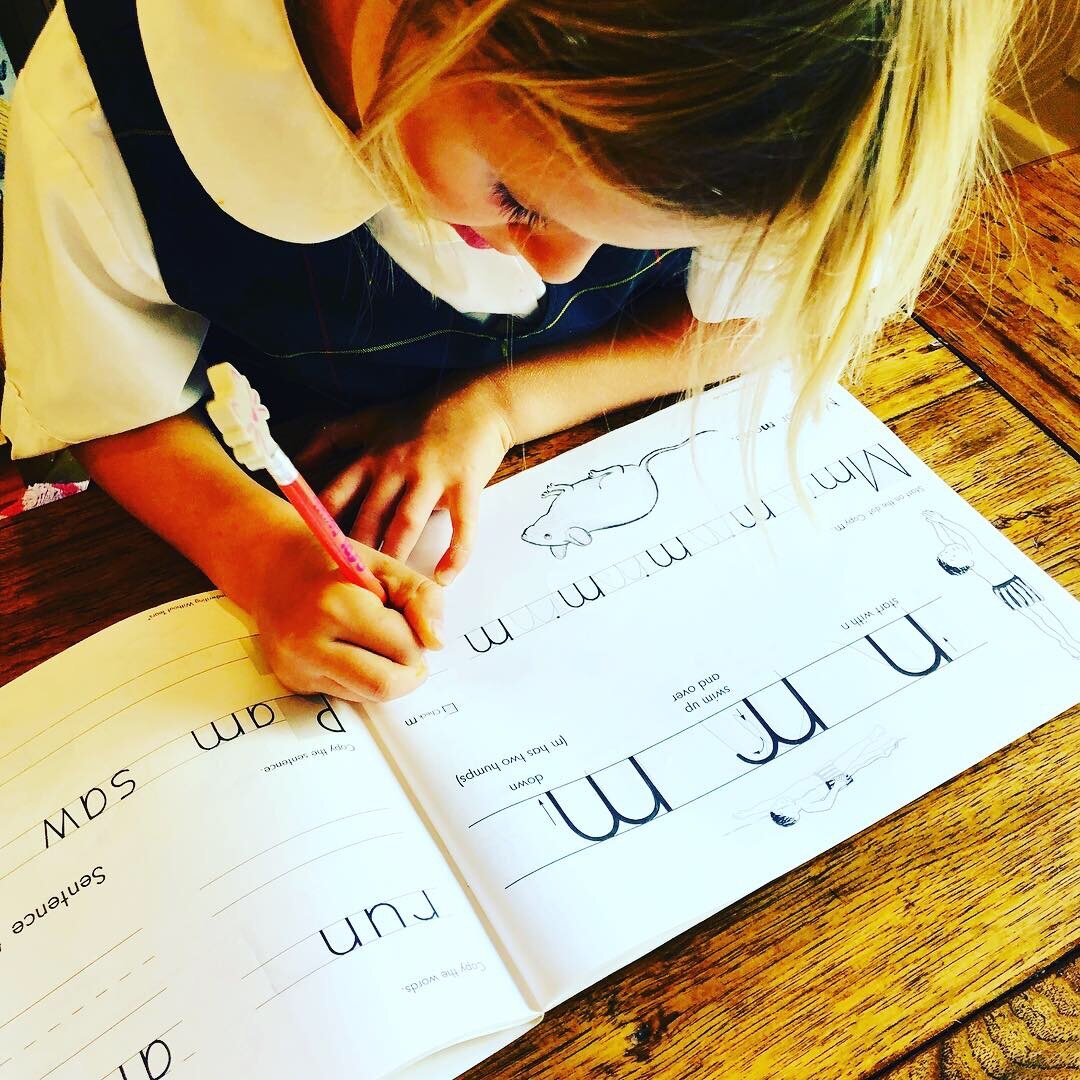














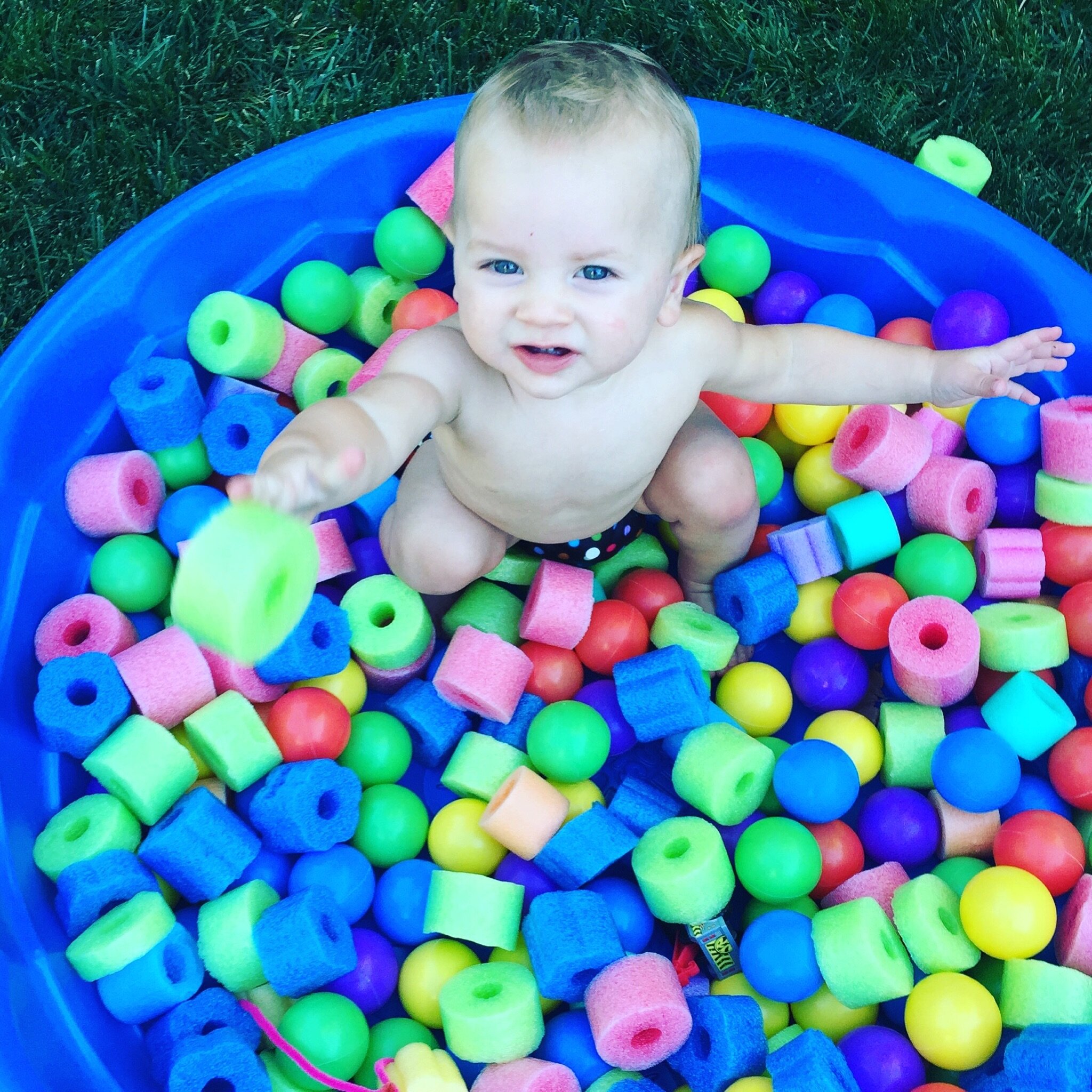







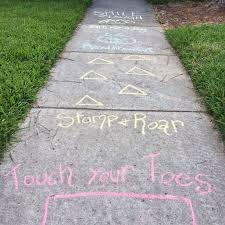






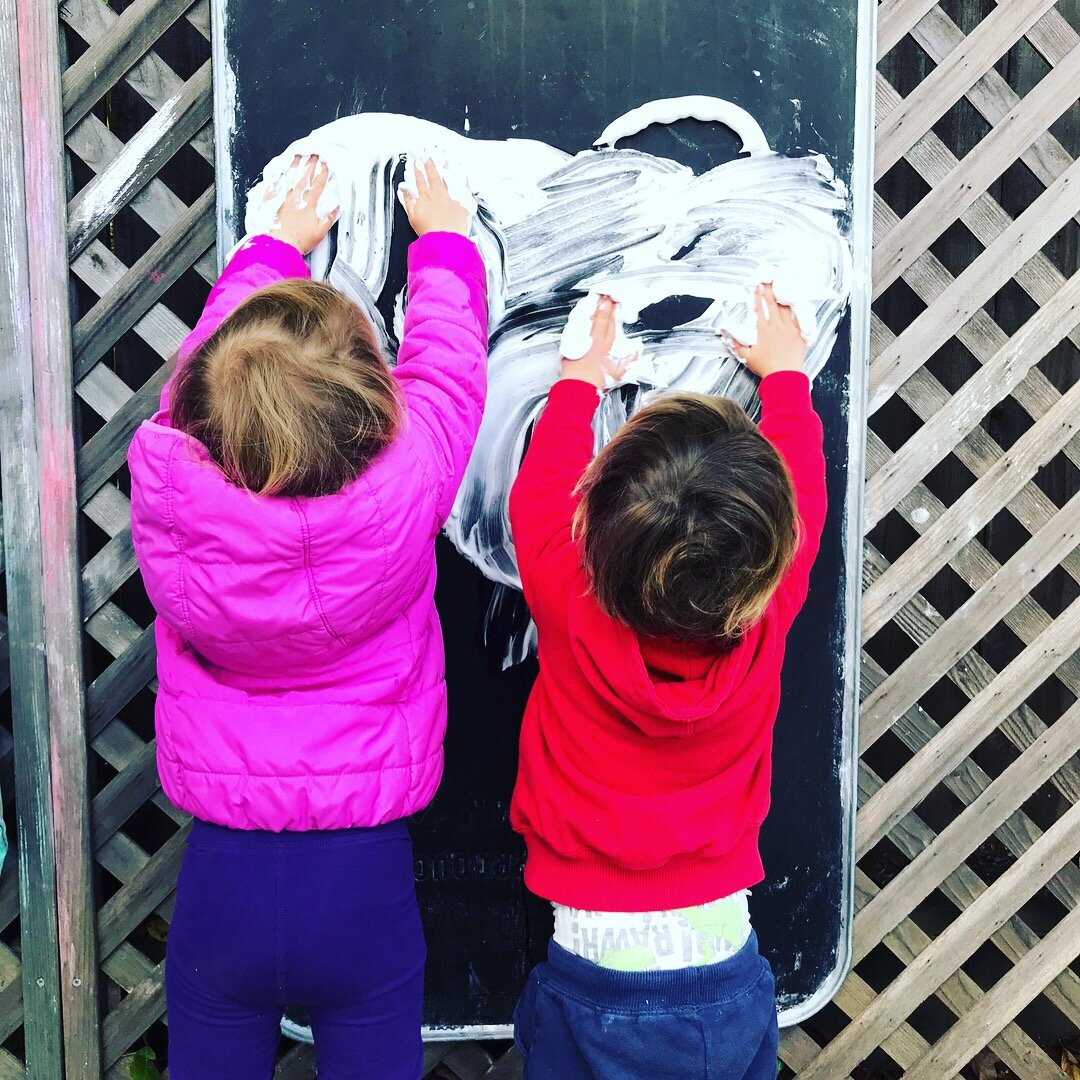




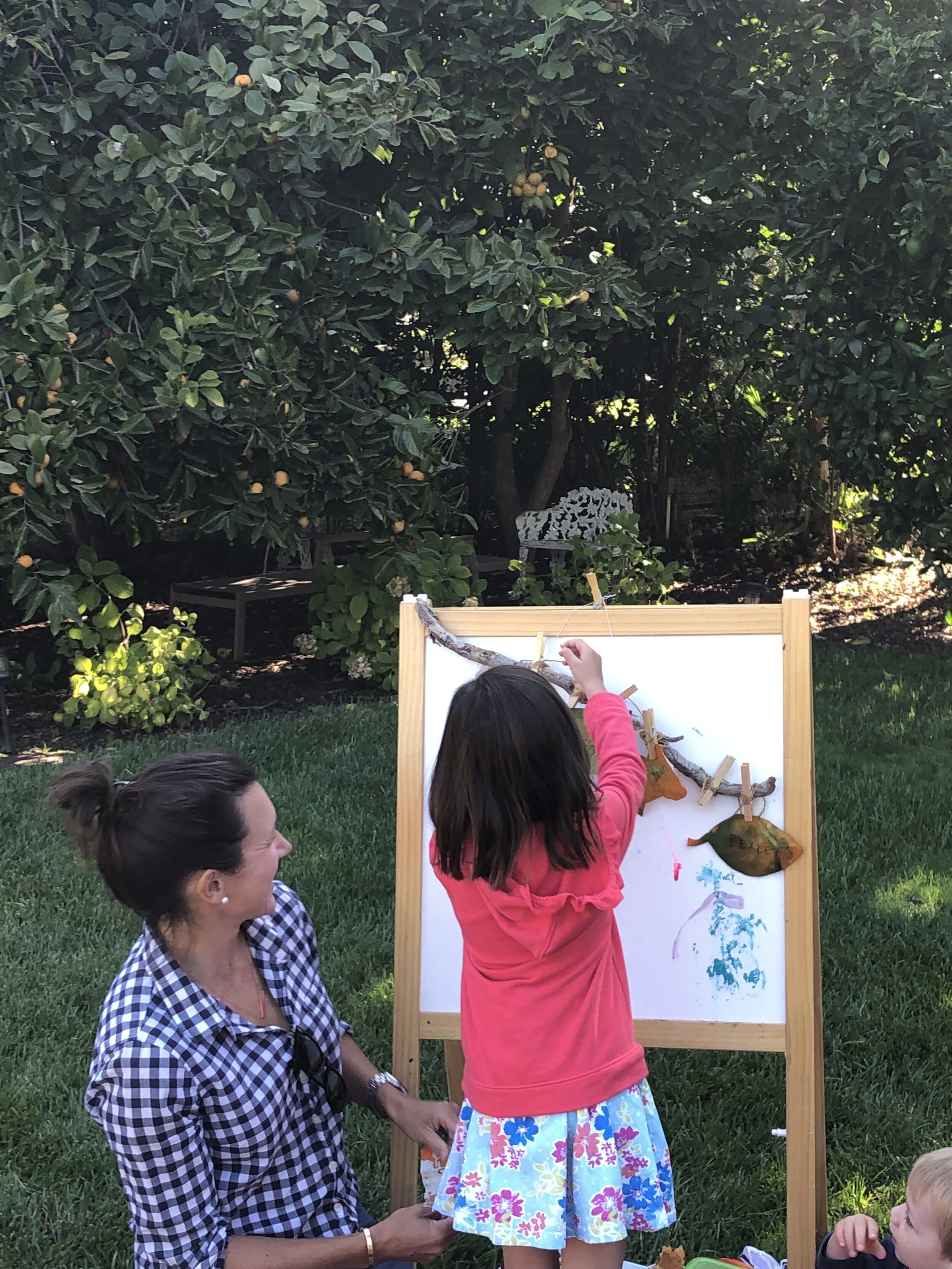







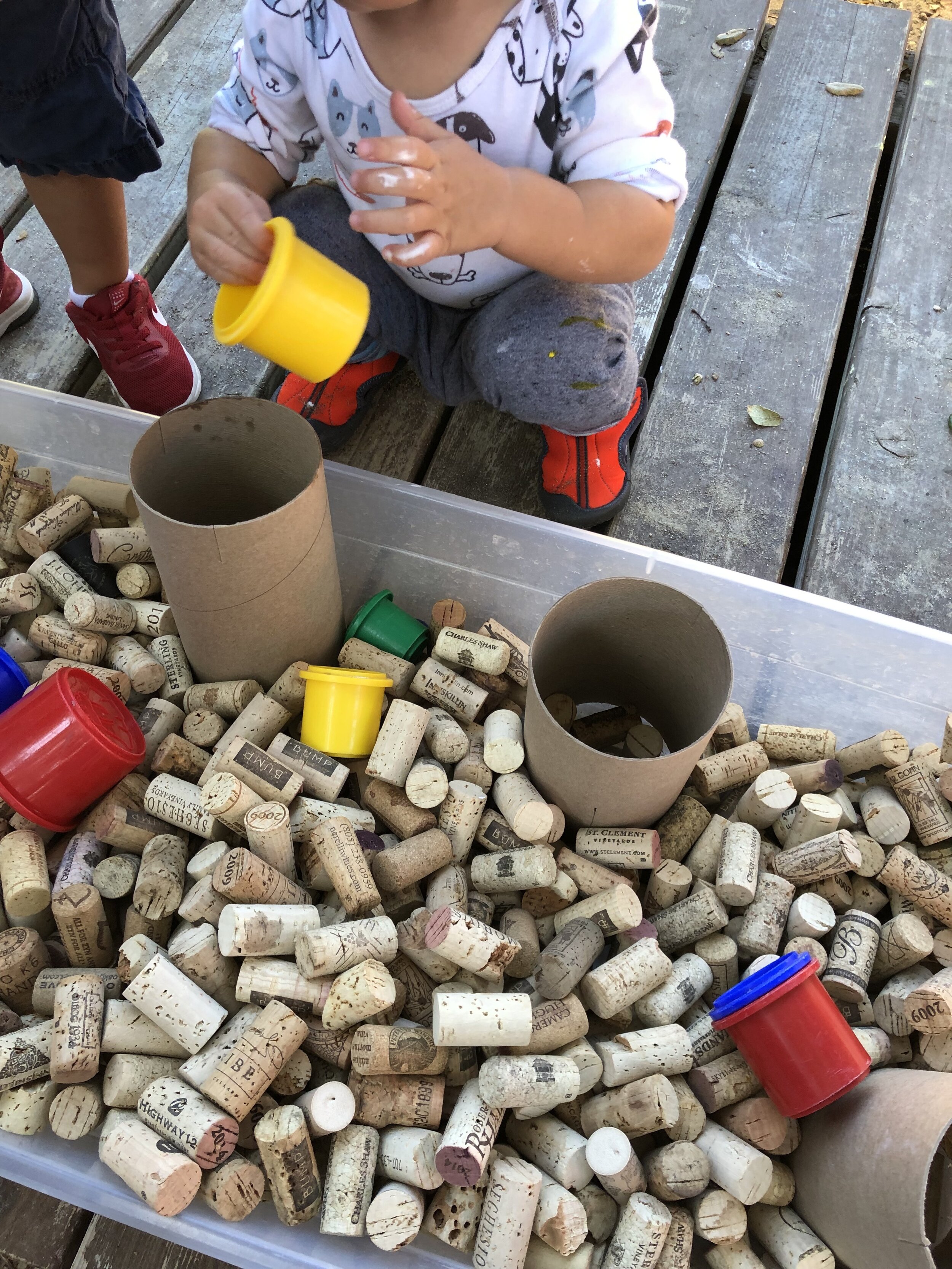





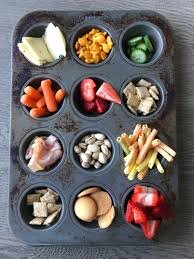






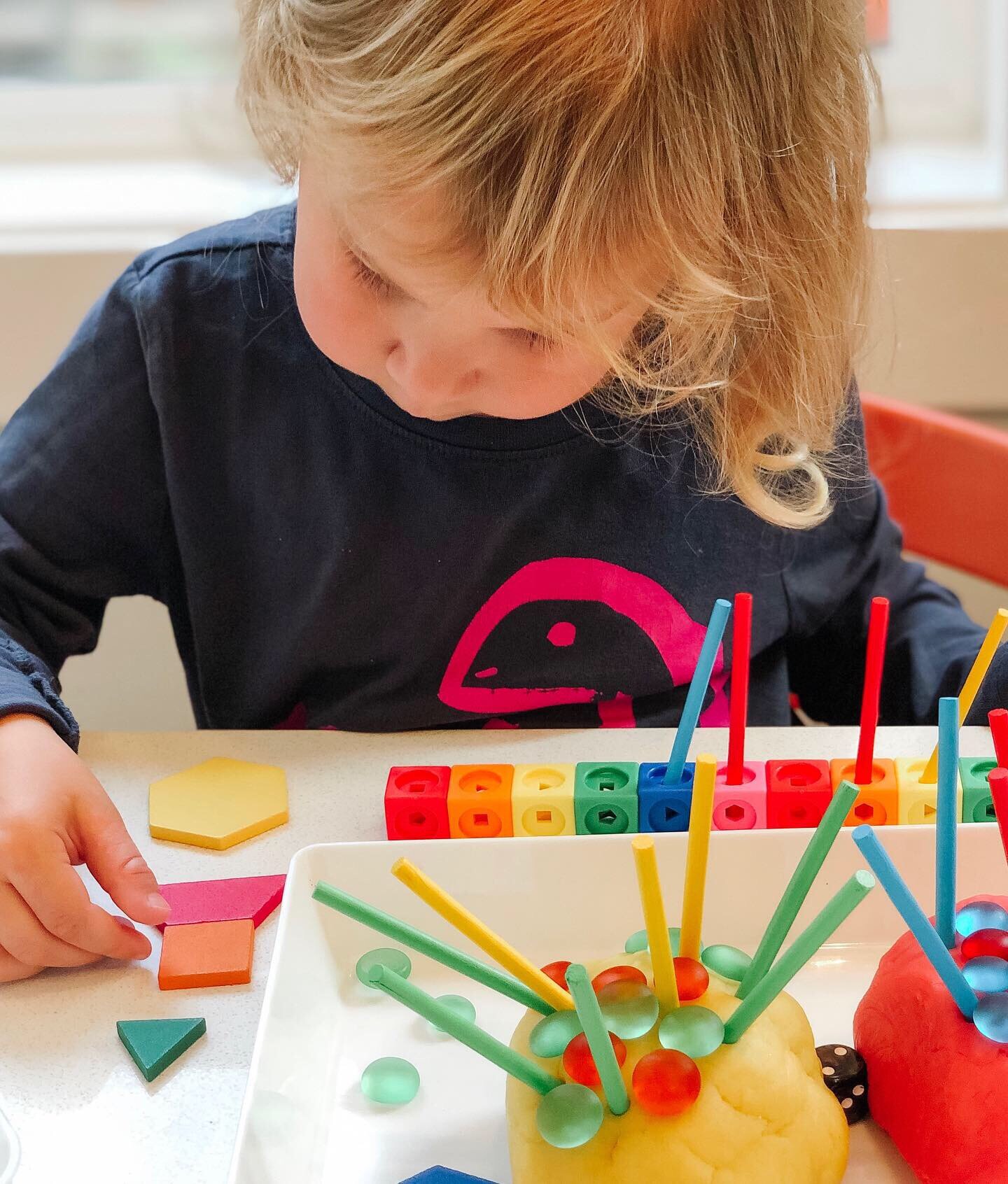


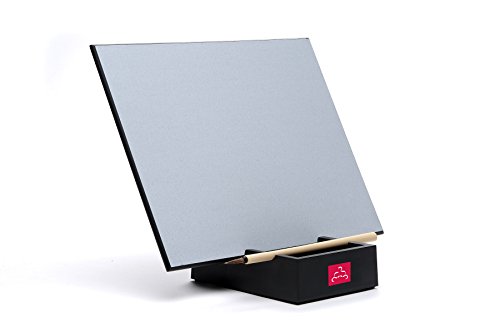


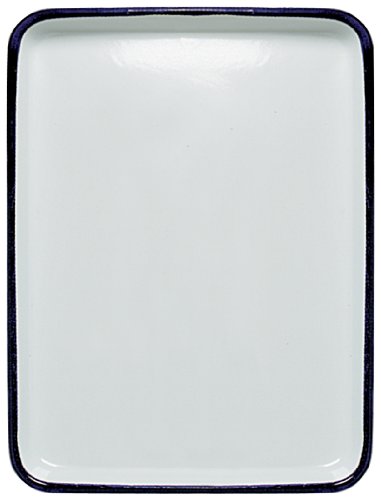









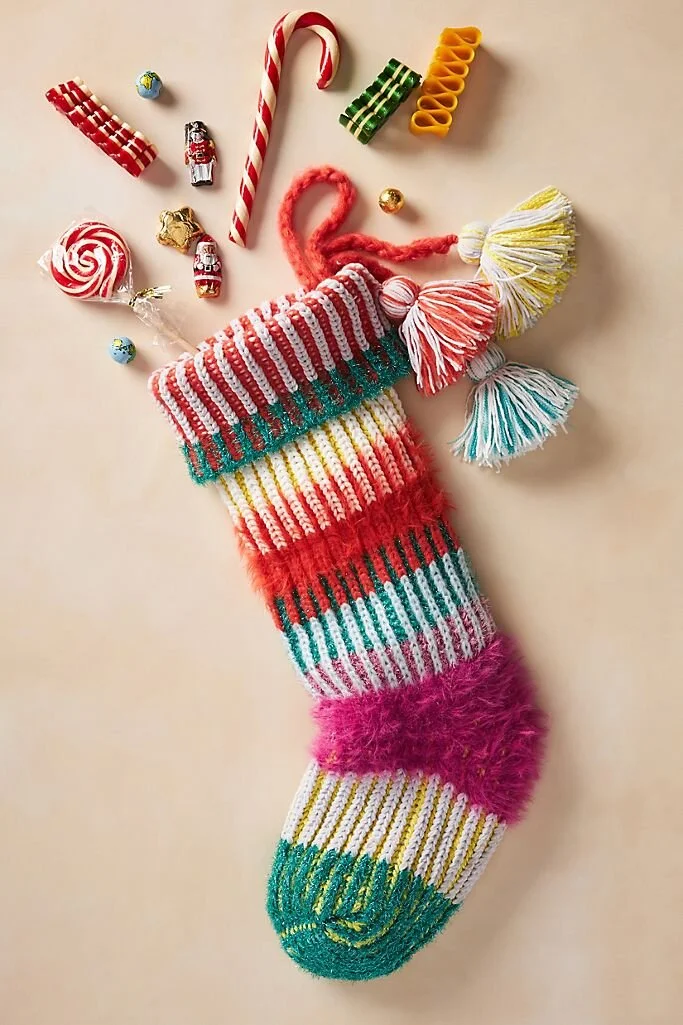
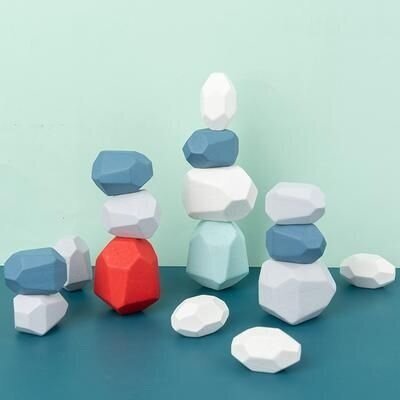
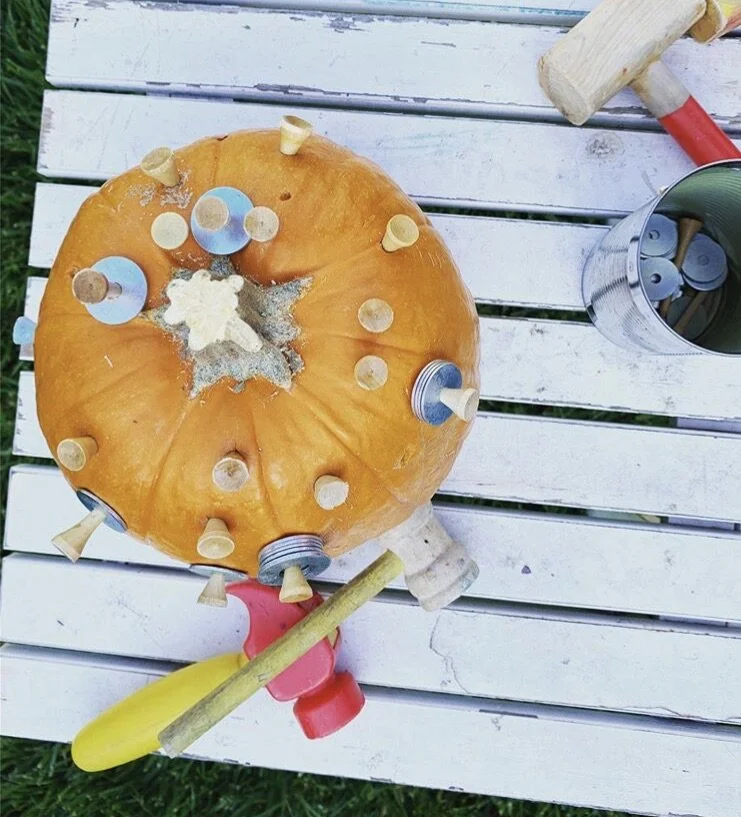






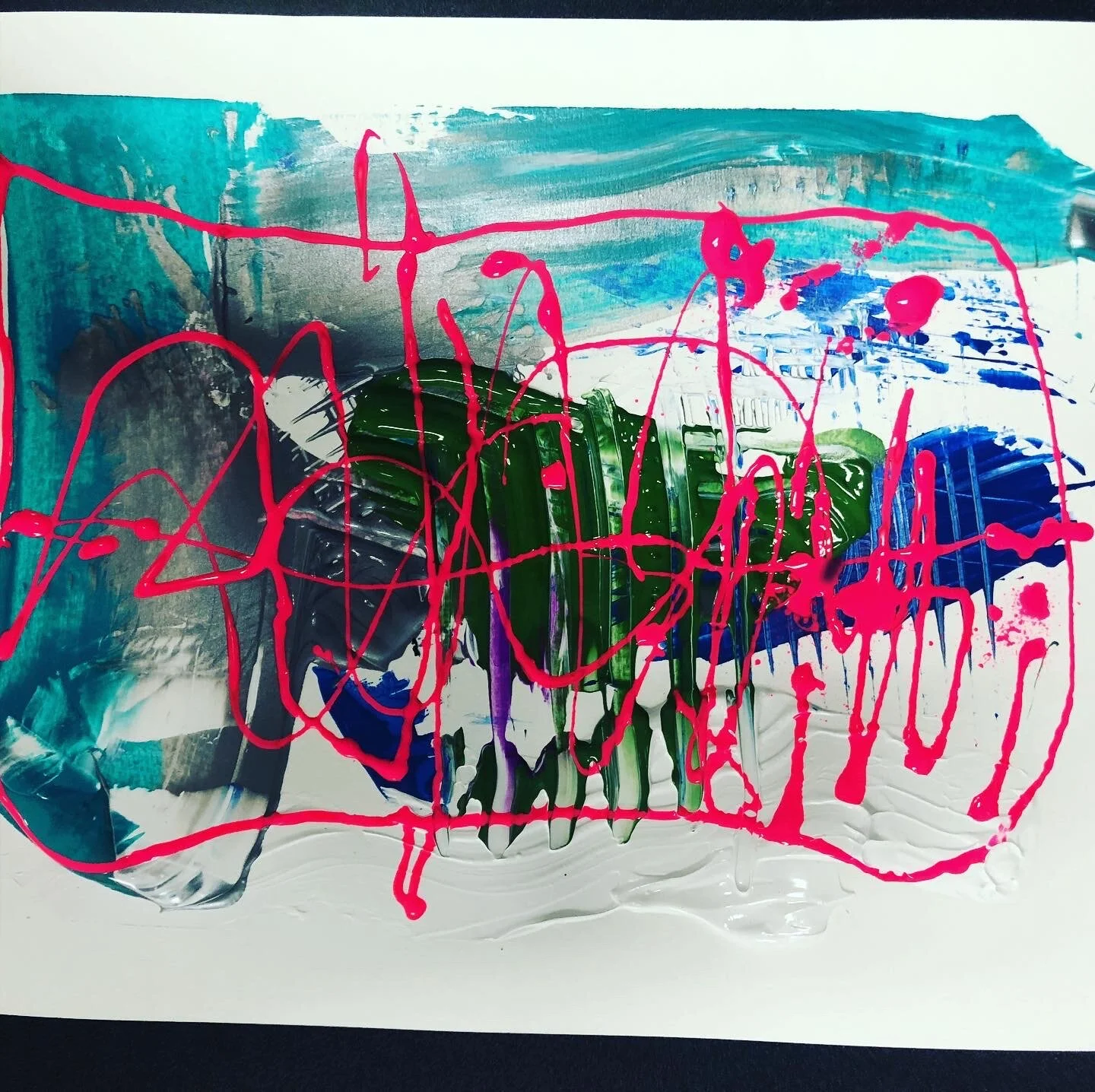
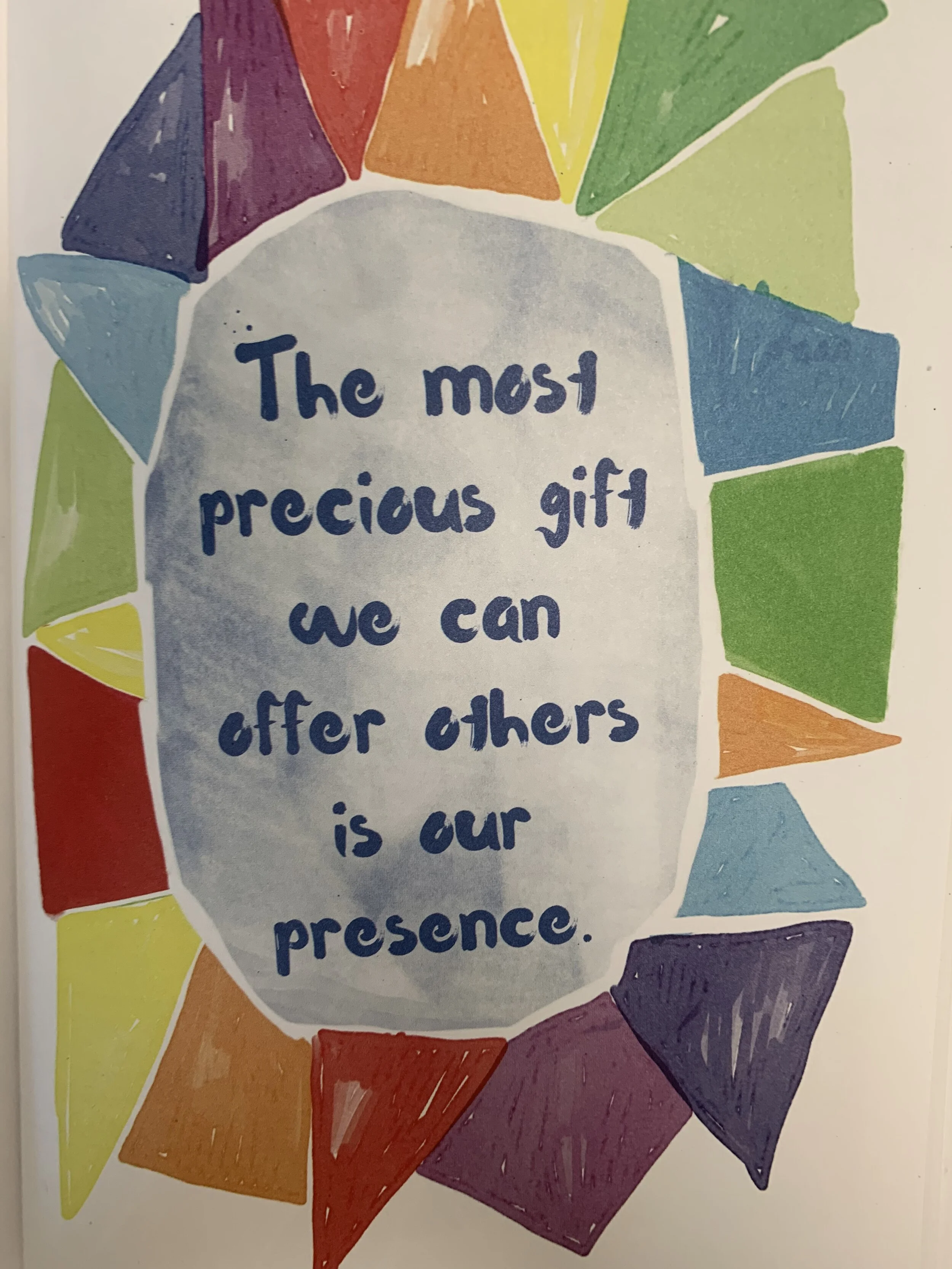


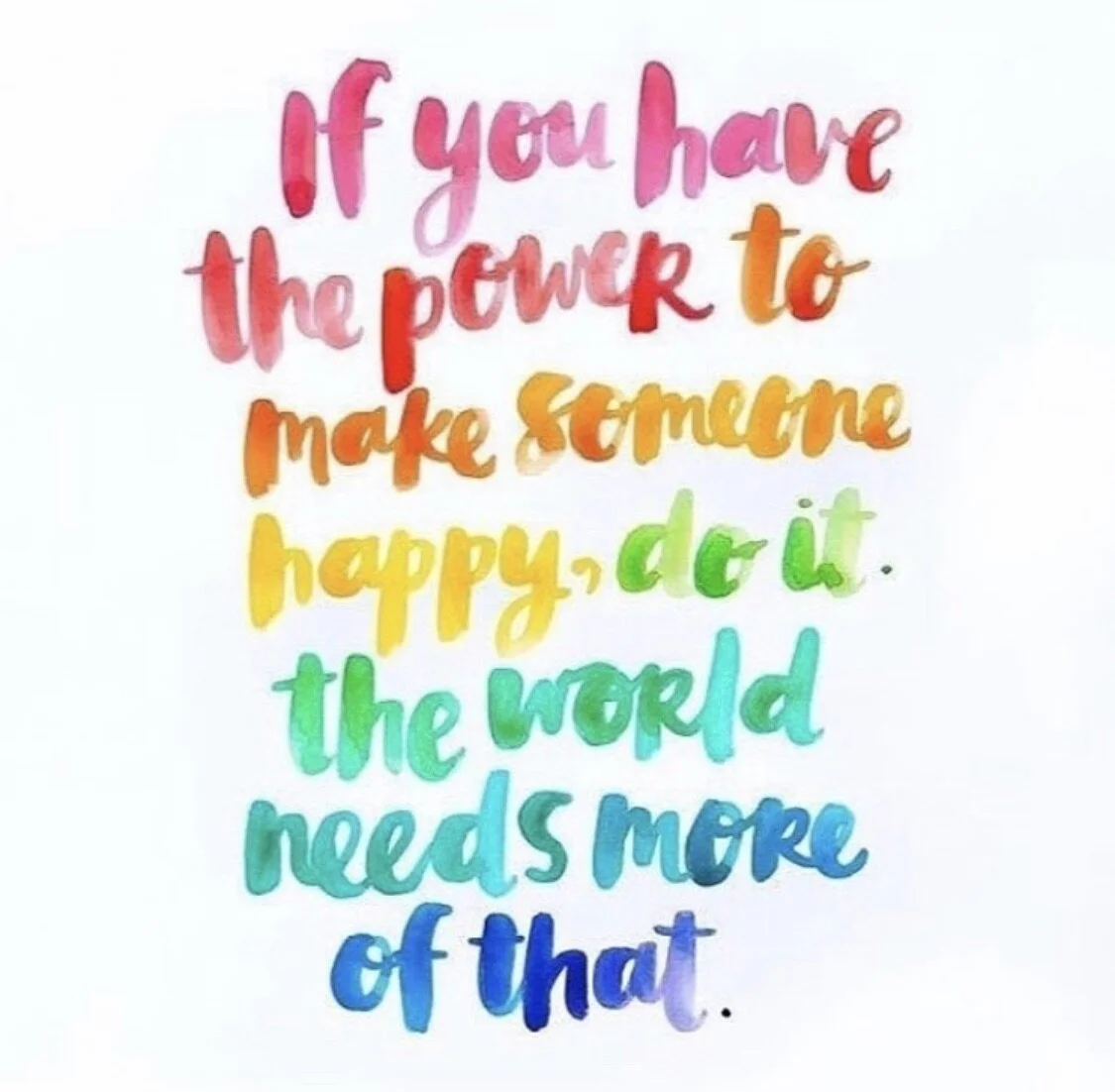



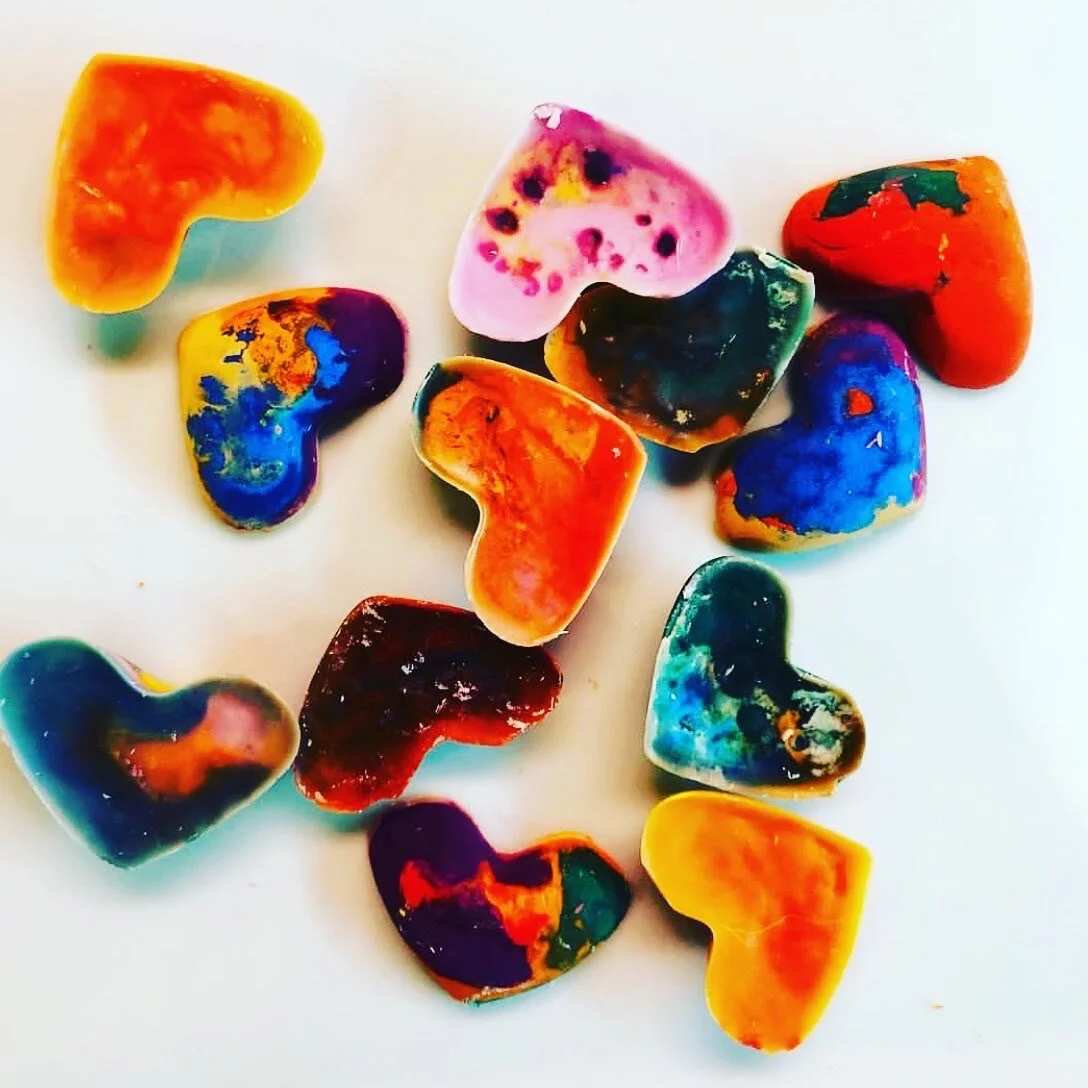
Check out some tips for helping your child with their pencil grasp.